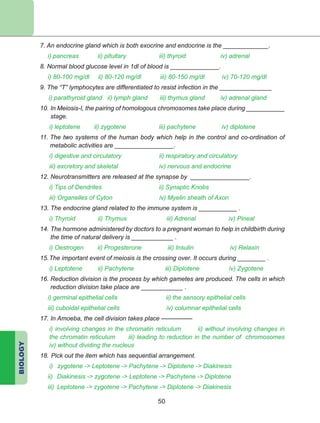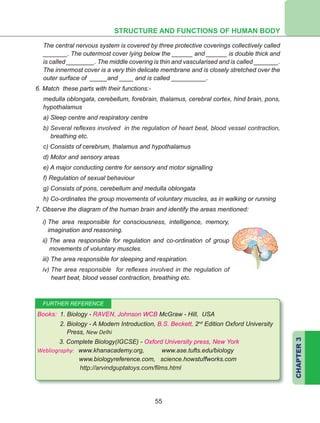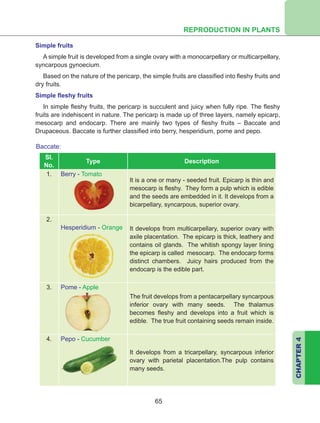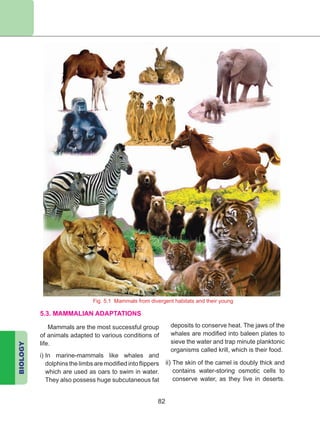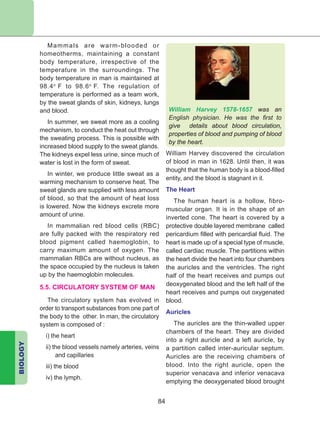This document provides information about heredity and evolution. It discusses Gregor Mendel's experiments with pea plants which laid the foundation for genetics through his laws of inheritance. It describes how Mendel conducted monohybrid crosses to study the inheritance of single traits. The document also discusses Charles Darwin's theory of natural selection and how it led to the concept of evolution. It provides a brief overview of human evolution and the development of early humans from hominids to Homo sapiens. The key techniques of genetic engineering like restriction enzymes and DNA ligases are also summarized.
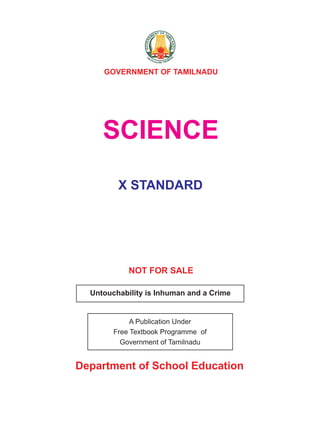













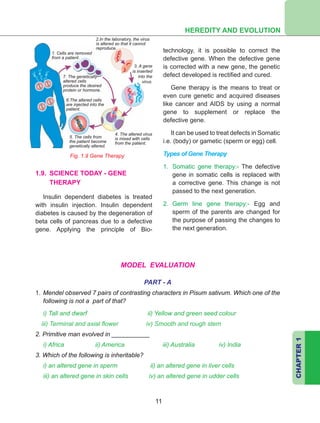
![BIOLOGY
12
4. The theory of Natural Selection was proposed by ___________ .
i) Charles Darwin ii) Hugo de Vries
iii) Gregor Johann Mendel iv) Jean Baptise Lamarck
5. Somatic gene therapy causes ___________.
i) changes in sperm ii) changes in progeny
iii) changes in body cell iv) changes in ovum
6. In a pea plant, the yellow colour of the seed dominates over the green colour. The
genetic make up of the green colour of the seed can be shown as ___________:
i) GG ii) Gg iii) Yy iv) yy
7. Some people can roll their tongue and this is a genetically controlled auto-somal
dominant character. [Roller = RR / Rr:; Non-roller = rr]
A child who can roll the tongue has one brother who is a non-roller and two sisters who
are rollers. If both the parents are rollers, the genotypes of their parents would be ____.
` i) RR x RR ii) Rr x Rr iii) RR x rr iv) rr x rr
8. Hydra, a multi-cellular invertebrate of phylum cnidaria(coelenterata) can give rise to new
offspring by various methods. Choose the method by which the offspring are produced
with significant variations.
i) budding ii) regeneration iii) sexual reproduction iv) asexual reproduction
9. The following are the events in the formation of the first cloned animal – the sheep
Dolly.
a) Removal of haploid nucleus from the ovum.
b) Implantation of ovum with diploid nucleus into the surrogate mother.
c) Collection of udder cell from the sheep.
d) Injection of diploid nucleus of udder cell into the enucleated ovum.
e) Development of a young clone.
The correct sequential order of these events is __________ .
i) abcde ii) cabed iii) cadbe iv) edcba
10. The following are statements about stem cells:
a) There are unspecialised / undifferentiated cells.
b) They can be transformed into any type of body cell.
c) They can multiply rapidly to form a large number of similar types of cells.
d) They cannot transform into cardiac cells or nerve cells.
e) They are obtained from reproductive progeny only.
The correct statements are ______________:
i) a, b, c only ii) c, d, e only iii) a, c, e only iv) b, c, e only](https://image.slidesharecdn.com/std10-science-em-1-96b4cf91-b849-455e-8279-9132e9eb0c3d-1624200388-160412184942/85/india-16-320.jpg)





































